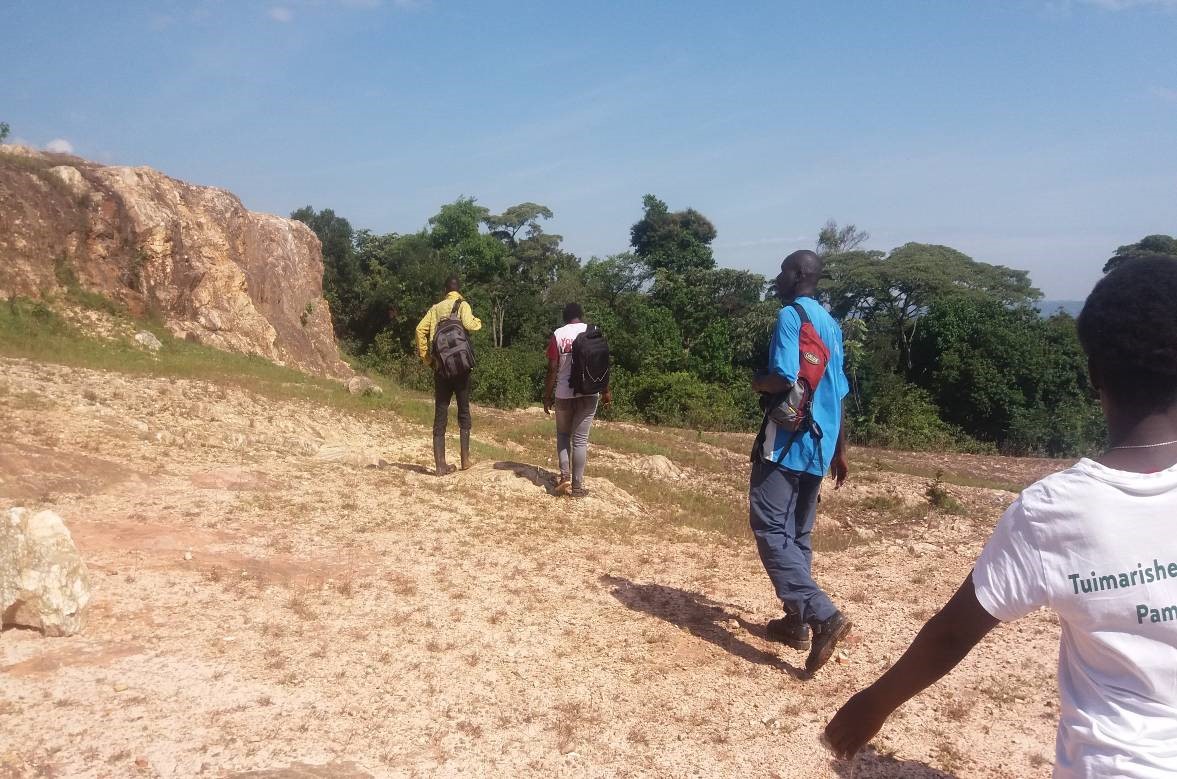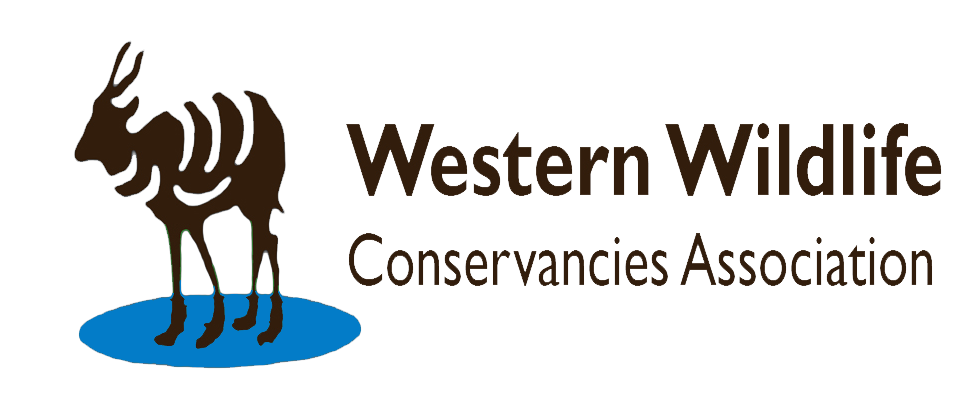Kaimosi Mission Wildlife Conservancy

Summary
Kakamega Forest catchment is famous for its uniqueness as the remnant of the great Guineo-Congolian belt that stretched from West Africa towards East Africa (Köhler et al. 2003, Wagner et al. 2008). This forest representing the eastern limit of equatorial rain forest comprises Buyangu, Kisere, Kaimosi, Malava, Kibiri, Isecheno, Yala and Bunyala/Nabakholo Forest blocks. These blocks are home to several species of butterflies, reptiles, birds and ants. Although large mammals may not be commonly viewed in the forest, the importance of this forest as home to endemic, threatened and endangered plants, bird, reptile, ants, primate and butterfly species cannot be overlooked.
Kakamega Forest was designated as an Important Bird Area (IBA) in 2001 (Benun & Njoroge 1999) and remains a key biodiversity area in the world. This status was accorded due to its importance as a habitat to two (2) globally threatened (Turner’s Eremomela and Chapin’s Flycatcher). A part from these, about twenty (20) regionally threatened terrestrial bird species reside here. Even as the area enjoys this status, about forty-six (46) avifauna species in Kenya are known to be endemic to Kakamega Forest catchment. These biodiversity utilize the diverse forested, wetland, bush and grassland (glade) habitats found within the ecosystem.
Birds
Representatives from the deep forest species include Joyful greenbul and Turner’s Eremomela; wetland species such as Papyrus Gonolek and grassland species being represented by Grassland Pipit among others were recorded. Raptors such as Marsh Eagle and Augur Buzzards were also recorded as indicated. However the presence of Pied Crow is unusual.
Bio Diversity
Kaimosi forest is rich in biodiversity. This is due to the diverse habitat type representatives There are several habitat types namely: natural forest, mixed plantation, forest glade (grassland), swamp/wetland and tea plantation with different bird species adapting to different habitats,
Sustainability
Kaimosi Forest is an age old forest. As one walks through this forest, expects amazing tall trees beyond 45 meters high. However, you hardly come across such. This could be an indication extensive been logging. The management of this forest can liaise with other conservation agencies to strengthen their protection measures if they look to seeing this forest in 20, 30 years and beyond.
The team on the ground was working with direction and must have missed many sites. Since this first monitoring activity acted as a reconnaissance and there is evidence of forest birds. Long term observatory transects need to be established through the forest and a monitoring program instituted. The program will not only monitor birds but also change in habitat presentations and forest faunal and floral disturbance.
A more inclusive team of Kaimosi Mission family to team up with this volunteer group for a more actively monitoring exercise in order to understand their heritage well. This can be done through creating an active department that shall spearhead the conservation strategies and make recommendations as well. This department will actively create a conservation culture in Kaimosi University and other learning institutions around the area.
There is need for stakeholders and conservation partners to join hands and get involved in conservation activities. Ministry of Environment both at County and National level, churches, government and non governmental agencies as well as local community groups should team. This will therefore allow for implementation of such activities and improve environmental conservation.
